Rose Bowl Game Trip.
I just returned from a 5-day trip from home in Sedona, AZ, to the Rose Bowl Stadium in Pasadena, CA. This was my 24h Rose bowl game, and Penn State beat Utah. I lived in Los Angeles for 24 years, working for the LA Dodgers from 1997-2000 under Eric Hanson (Hall of Fame Turf Manager), then spent another 20 years in LA at the Rose Bowl stadium. In late spring of 2020, I retired from the Rose Bowl and have been working for Mountain View Seeds & MVP Genetics since 2021.
Today is January 10th. The NCAA Football National Championship game was last night. Georgia VS TCU (Texas Christian University). Georgia looked impressive! I had a few personal connections here. First, my good friend Matt Hollan is the head Turf guy at Georgia. Matt’s an exceptional man and a great turf manager who was at USC (University of Southern California) in LA for several years before taking the job for the Bulldogs. I got to know Matt during his time in LA. He is a true country boy and an Iowa State graduate (great turf program there). He is very smart, not afraid to get dirty, and brings much passion to growing great grass. Matt grows several varieties of notable Bermuda at the University of Georgia. It’s a great place to evaluate grass.
I also got to cheer for the SoFi Stadium Field Crew. The logo paint was a very good presentation, and the numbers were NFL spaced (had proper markings for NCAA #), probably because of the event load. It looked like the crew provided a safe, consistent surface for the athlete. Chris Chang leads the field crew on painting at SoFi. Chris spent 6 years working for me at the Rose Bowl while getting his Turf degree. Chris is learning the synthetic surface and the closed dome side of the business, which is a good career decision. Learning that now will benefit him and our Industry. It’s not growing grass (right now), but it’s a tool to be a better field manager. It’s like learning how to manage a skin area on a grass baseball field; diversifying his talents makes him more valuable to ownership and to the athlete. Chris knows how to grow grass and is learning how to manage synthetic. I still believe real grass is a better surface. If possible, athletic fields should be grass, but in some situations, synthetic is an understandable and good choice.
Between the 3rd and 4th quarter of this year’s Rose Bowl game, my old boss Darryl Dunn, the GM of the Rose Bowl, was inducted into the Rose Bowl Hall of Fame. I just had to go to his ceremony. Great man! He is also an advocate for great turf. Darryl wanted the Rose Bowl to have the best turf possible, and he provided the tools and $$ for us to be successful. Having a boss that wants and provides this level of care and attention is a turf manager’s dream! I was truly blessed to work with Darryl and all the great people at the Rose Bowl stadium.
My trip to the 2023 Rose Bowl game started off on Saturday morning, December 31st. I drove across the AZ and CA deserts, making it a truly beautiful 7-hour drive. I got to the RB at about 2 PM, and it was raining. The RB grounds crew had rain tarps covering over 2 acres of the field. I spent the next 3 hours talking with one of my favorite groundskeepers, Miguel Yepez. I met Miguel in my first year at the RB back in 2000; he was 18 years old and a local Pasadena kid with a big smile and big dreams. He was the assistant mechanic at Brookside Golf Course next door to the Rose Bowl at the time, and I needed a mechanic - so he was my first hire! He was one of the best decisions I ever made; great man, great father, great friend, and great turf manager. I highly recommend everyone to spend some time with him; you will be better for it. Miguel worked as a mechanic for about a year, and we promoted him to Assistant Turf Manager. When I retired, there was no need to interview anyone. Miguel stepped in and exceeded all expectations.
At 6:30 AM on Sunday morning, January 1st. I’m back at the stadium to take off tarps. Tarps were purchased from Cover Master to make sure no water gets dumped on the entire surface. Playing surface tarps consist of 5 tarps that are custom-made with double Velcro, and the standard width of the Velcro seams is 5 inches. The Rose Bowl tarps are 10 inches! Absolutely no water seeps through; plus, this also allows the RB crew to blow air under the tarp to elevate it into a small dome/bubble to remove all the water off the tarp into the drains. The tarp is elevated to approximate goal post crossbar height. Playing surface tarps are a total of 190ft x 390ft. Field Tarps run 15ft past the sideline and 15ft past the back of the endzone line. Under these tarps is another set of tarps we call dump tarps that cover the entire sideline, which includes another 6 tarps for a total of 100ft x 390ft. These tarps catch all the water that is on field tarp, and that water is then dumped onto the 16-inch trunk drain line that runs all the way around the edge of the grass. There is a .75 % crown on the field with a 6-inch sand cap.
It takes between 200-250 sandbags to hold the tarps down, which elevates the tarps and allows the water to be removed. It also takes about 20 workers 1.5 to 2 hours to remove the tarps and sandbags from the field and haul them back into the storage area. On Rose Bowl game days, according to the Fire Marshall emergency evacuation plan, no tarps are left on the field.
The crew had taken the tarps off by 9 AM, and they were ready to touch up all paint colors with quick-dry paint from Pioneer. This paint is truly a game changer when painting in cool, wet weather. Once the paint dries the first time, it will not re-wet. You will see no paint on the uniforms, regardless of rain, sleet, or snow at the Rose Bowl game. This last little paint job, the day before the game, is simply putting a shine on the final coat. Miguel has 4 paint machines running at one time. Each paint machine has one guy on the gun, one guy on the hose, another guy pushing the machine, and one guy doing cleanup and running borders to keep paint lines crisp and to prevent bleeding.
The field is painted and done by 3 pm. A final roll is put on the field to promote the football pattern.
Now for the turfgrass. The Rose Bowl sod was grown in the Palm Springs area by West Coast Turf. The field was a mature Bandara Bermuda overseeded with a Mountain View Seeds Rye Blend. The installation date was the first week of December by West Coast Turf, and the seams were put in tight with a Sidekick machine. West Coast Turf has been a supplier of the RB stadium’s turf for over 30 years. They did all my fields, now Miguel’s field, and all five of the Super Bowls at the stadium starting back with the 1977 Super bowl Xl; Oakland Raiders vs Minnesota Vikings.
Sunday late afternoon went to a luncheon to celebrate Darryl Dunn’s induction to the Hall of Fame, then I got to the hotel and to bed about 10 PM. It will be a busy game-day tomorrow.
Game Day
I got to the stadium Monday, Jan 2nd, around 7 AM because I wanted to beat parade traffic. Seeing the Rose Bowl parade oughta be on your bucket list. The game starts at 2 PM and involves a lot of prep, followed by hurry-up-and-wait. Game day is here! It’s a sunny day, and it is 55 degrees in the morning. The turf looks good, with no frost or dew on the plant. The teams’ equipment and sideline personnel start showing up by 8 am, while ESPN is doing their full set of live shots in the northwest corner of the field. The stadium is 65% Utah fans and 35% Penn State fans. The field is looking good and playing very well. Cleat in and cleat out. It sure is nice not having to be responsible for the surface anymore! After the half, Miguel realizes he has another great playing surface and starts to relax and enjoy the fruit of his labor. The entire crew did an outstanding job this entire year!
Return Plans & Misc.
Tomorrow I am heading down to Escondido, CA, to see JR Wirthlin at American Sod Farm. JR has about an acre of a new vegetive Bermudagrass called IronCutter (from MVP Genetics). I’m going to look at it and take soil samples. Once we get into spring, we are going to increase the plot. I hope to have some sod ready to go out the door later in the year.
IronCutter’s showing a lot of promise in the Midwest and East Coast. In fact, I checked out Northwestern University’s football field this last year. Zach Simons is the head turf manager there (another Iowa State grad). Sprigs were sent to Zach and they were put in on June 17 by Kevin Pollock of Pollock Landscaping in Ironton, MO. The first football game was played 11 weeks later on this game field. The field was a very good surface for the first game and continued to get even better as the season went along.
The sod provided for the IronCutter sprigs for Northwestern was from Heartland Sod Farm, family-owned and operated by Tom Keeven. Tom’s IronCutter fields are south of St Louis in the Mississippi river bottom. Some of the material coming out of his sod field is classified as a Sandy Loam material, with some percentages as high as 85-90% sand. A great place to buy sod if you need sod with a higher percentage of sand - plus it’s at a great price since it is native! Adam Russell, Vice President of MVP Genetics, looked at several variables in selecting the correct sod from his network of IronCutter growers to create sprigs for Zach at Northwestern. Adam does a really good job evaluating the sod farms’ growing medium, as well as the maturity of the entire plant to best match up the sod farm field with the install project - whether it’s sod or sprigs. The sod that was chosen was almost a year from its last harvest, and this was the field’s second harvest from its original sprig date. This big roll sod grown for sprigging has a lot going for it!
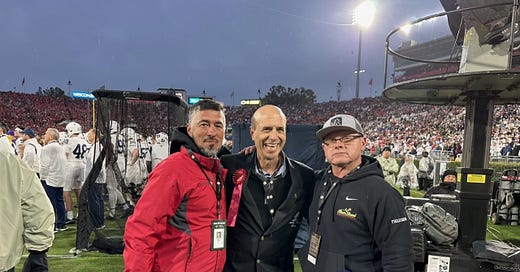


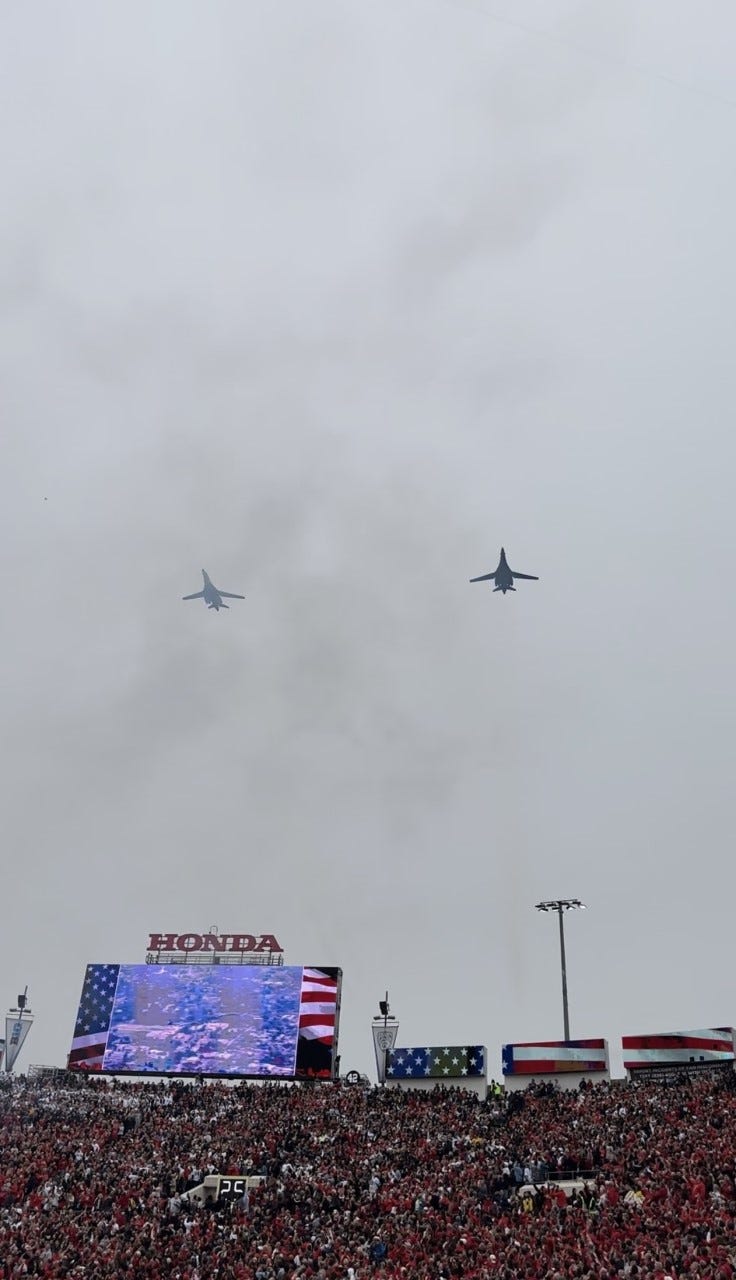
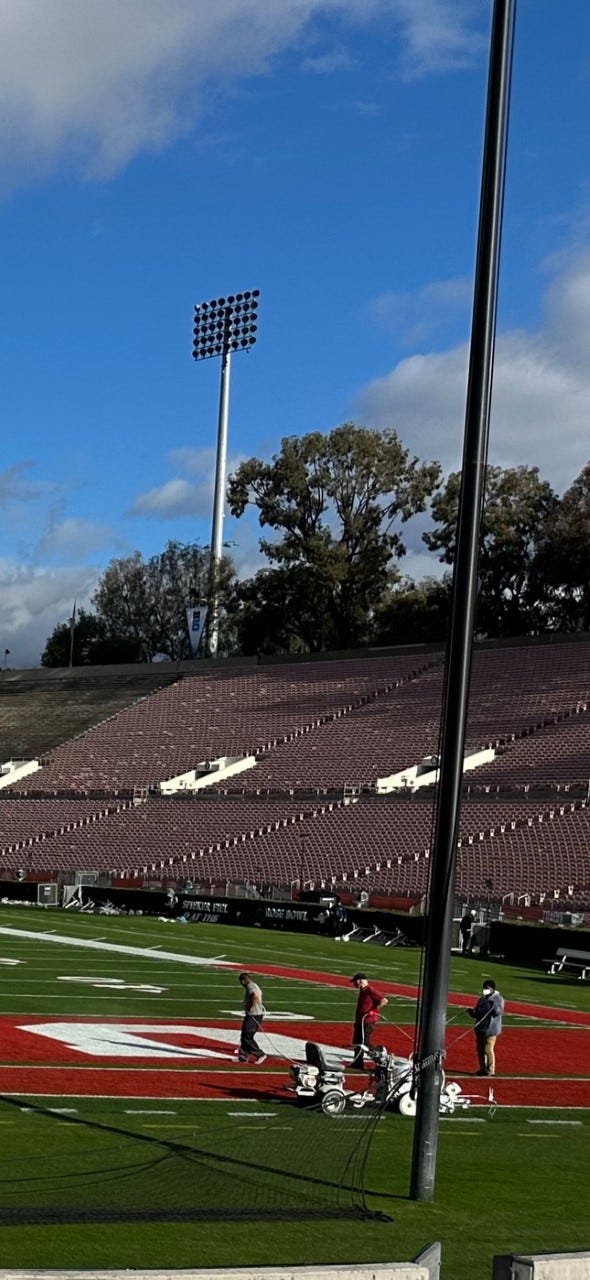
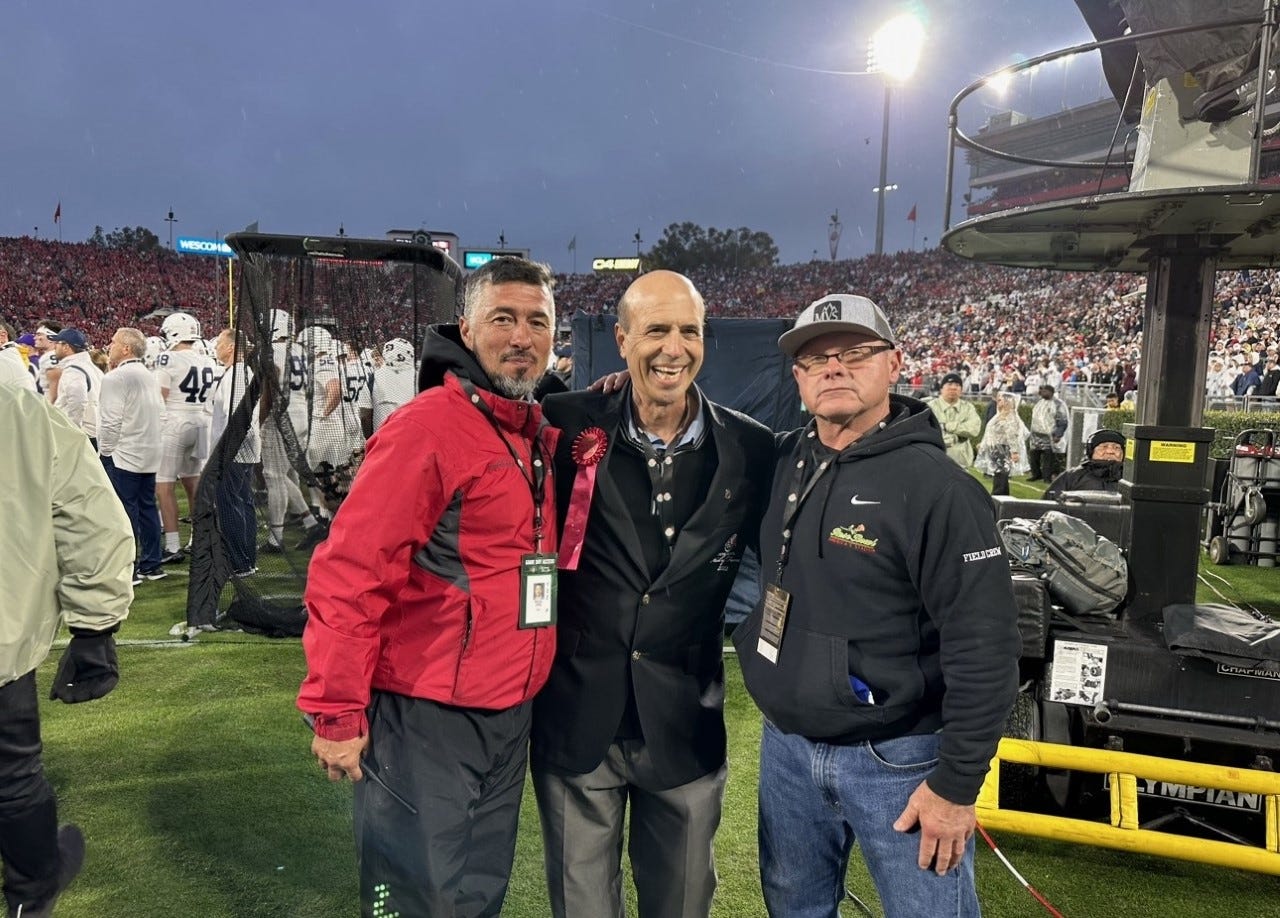
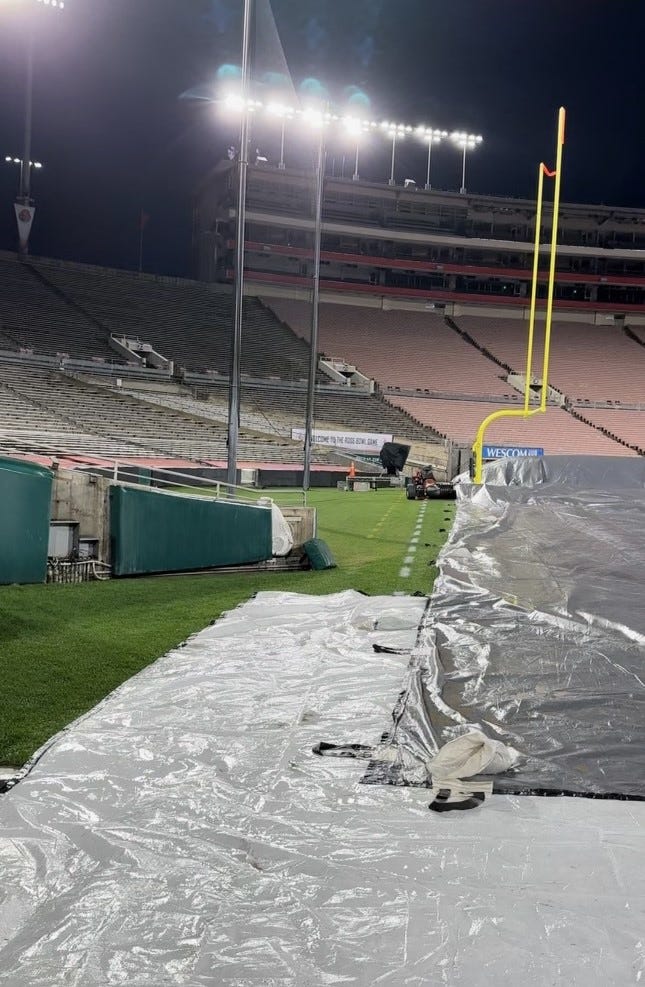
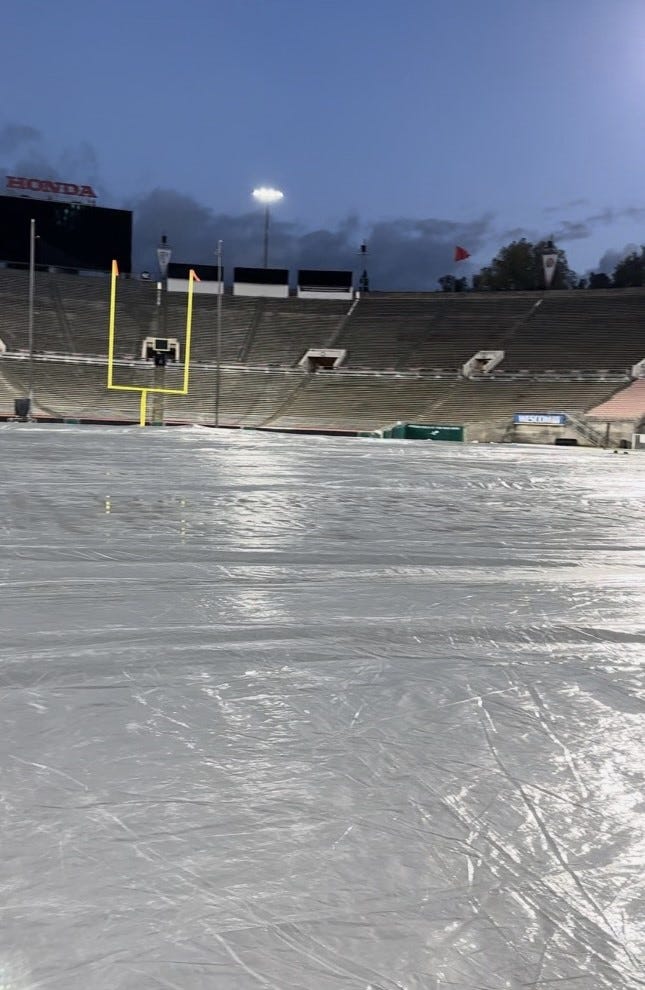
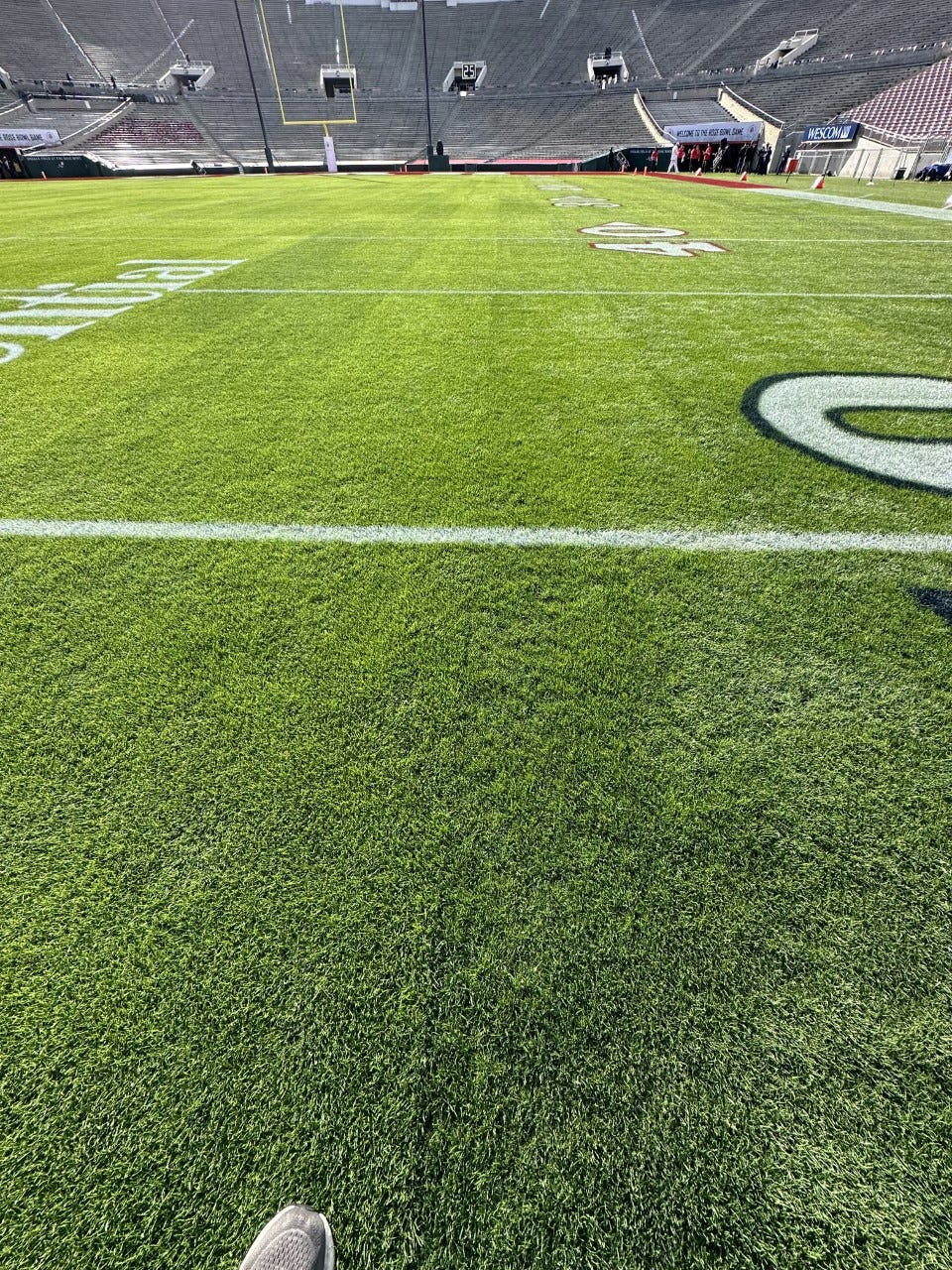
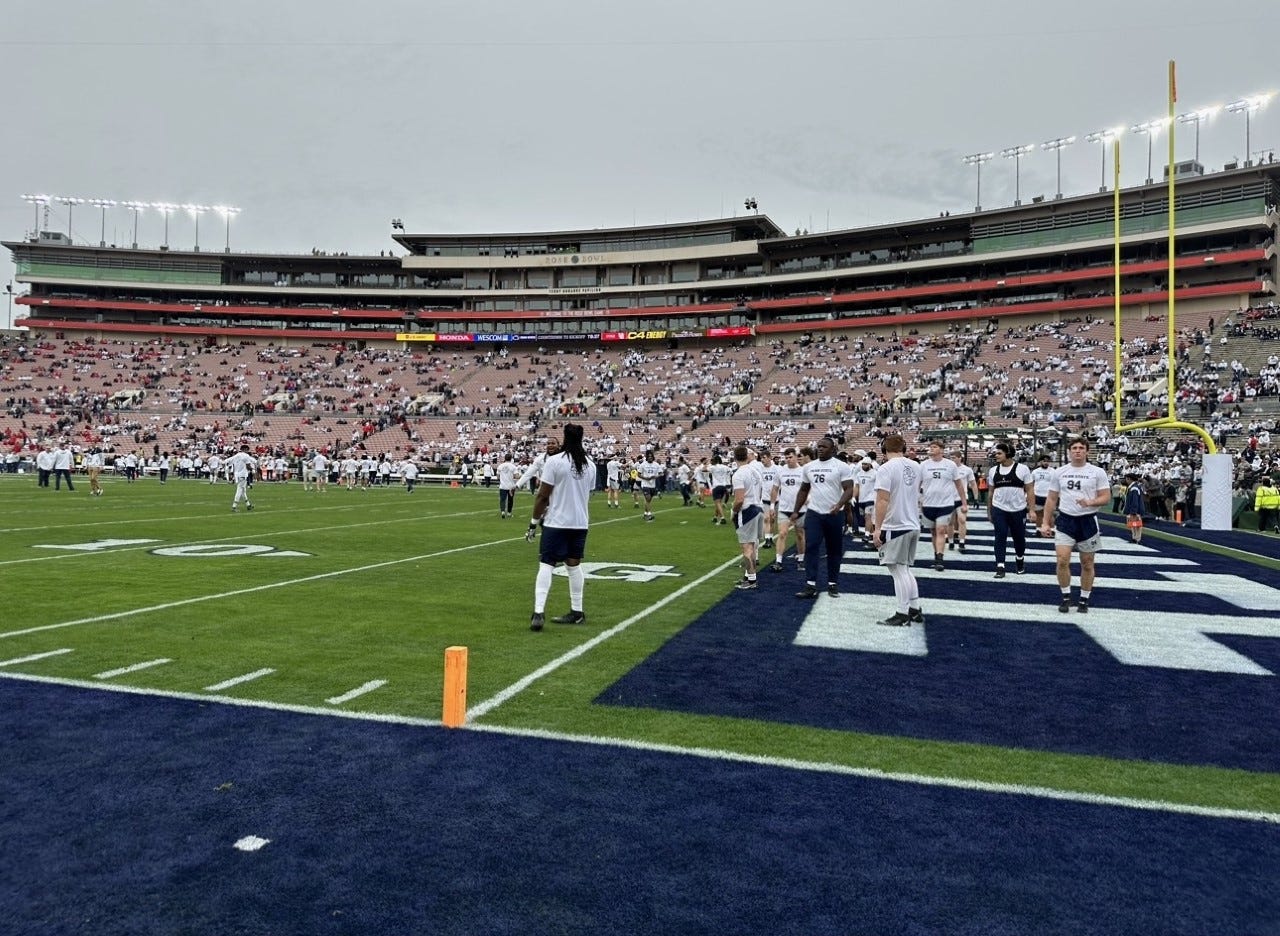
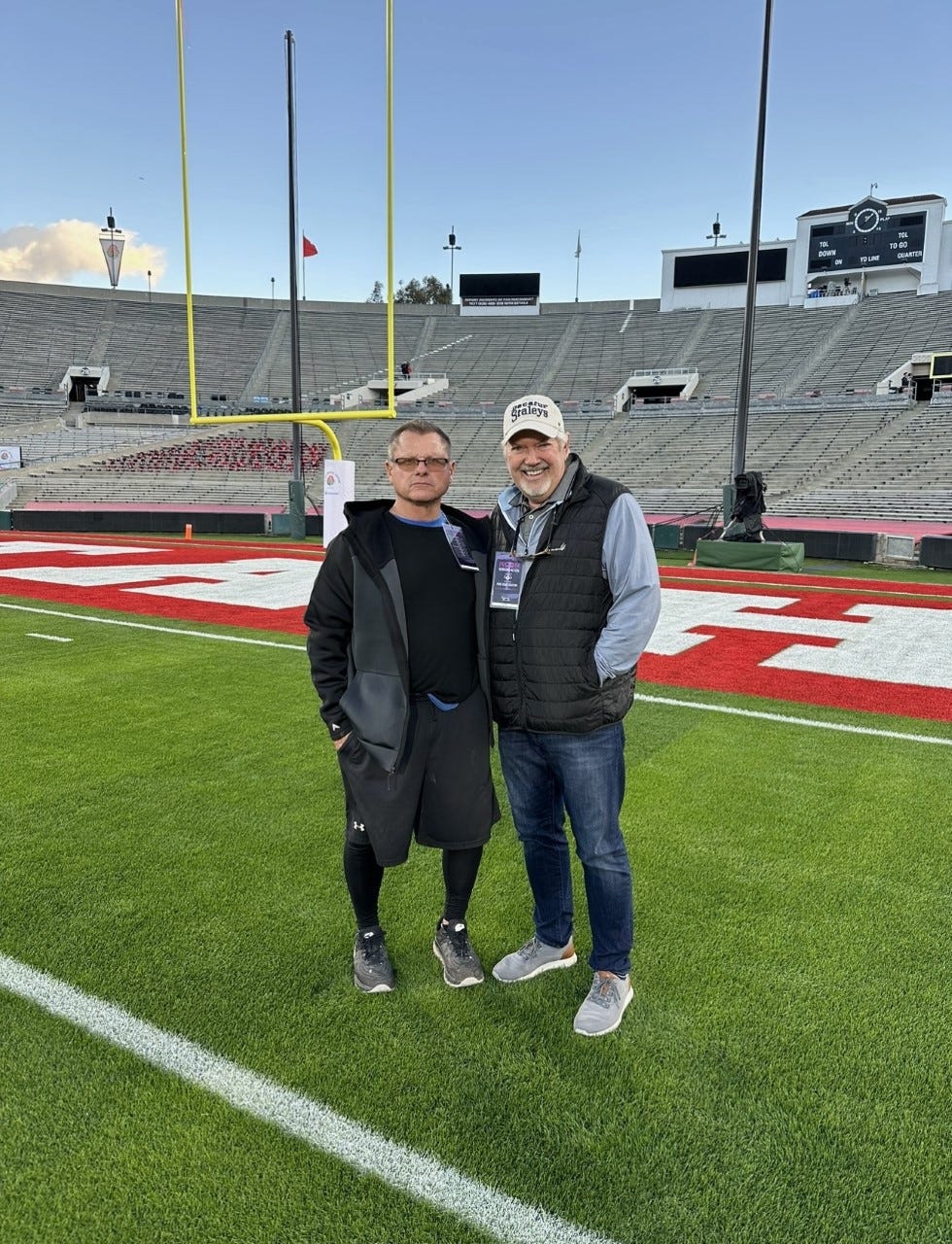
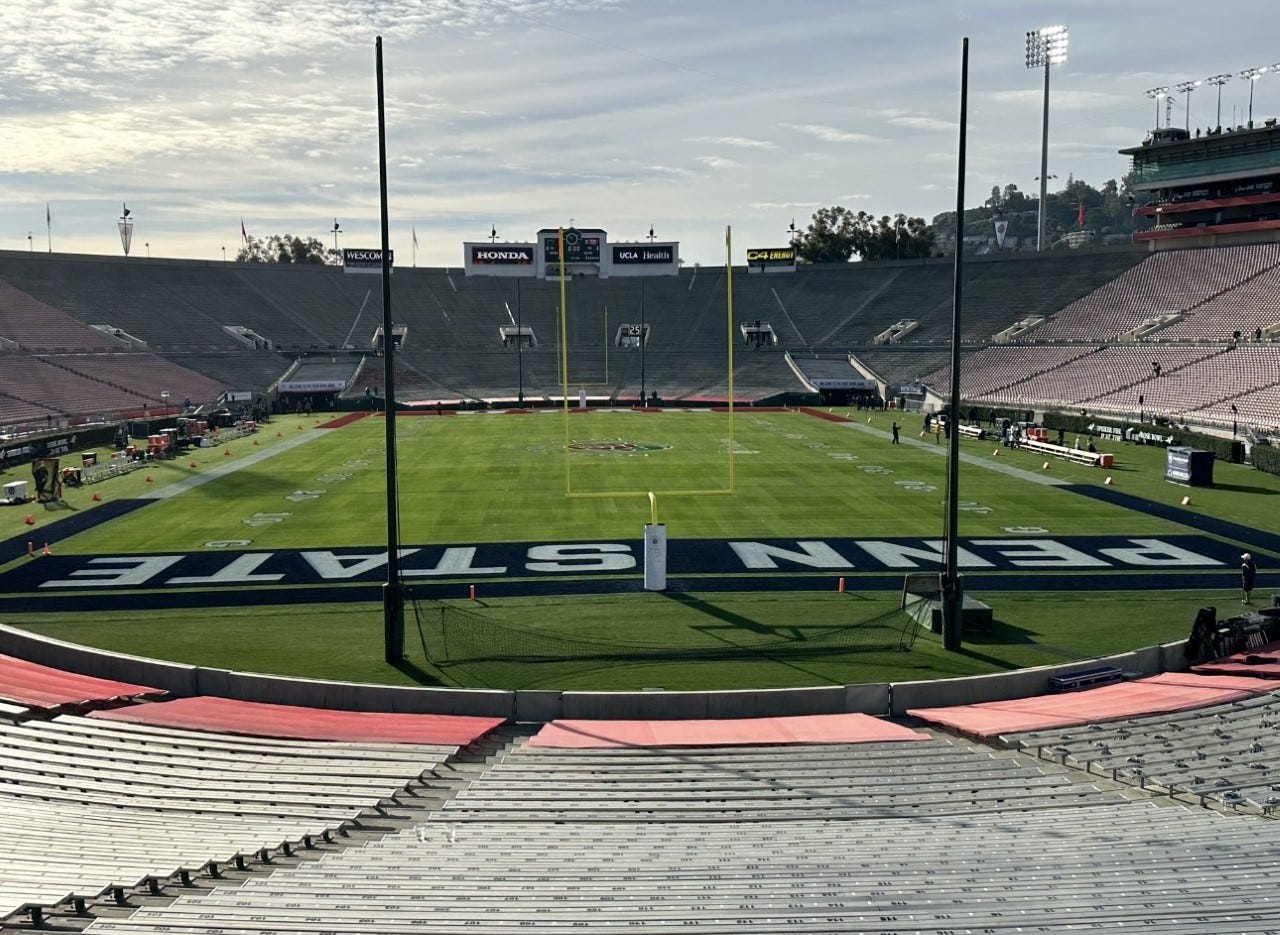
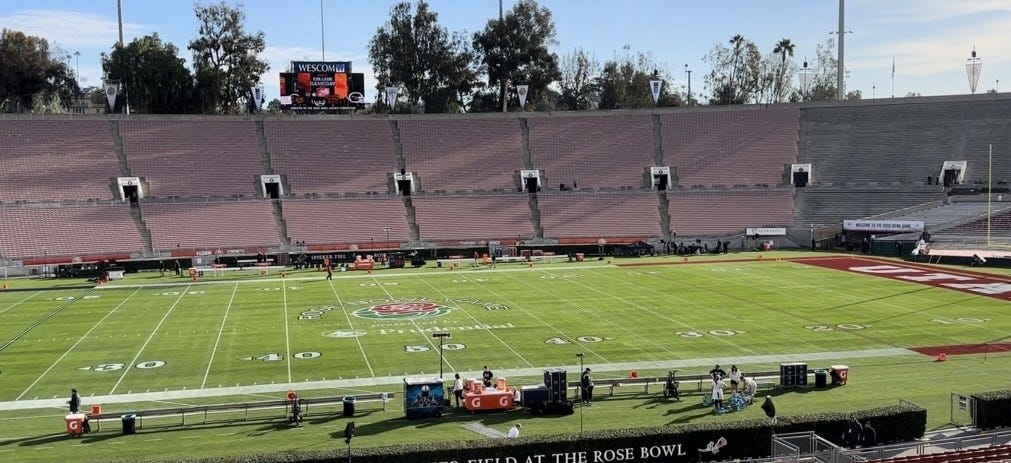
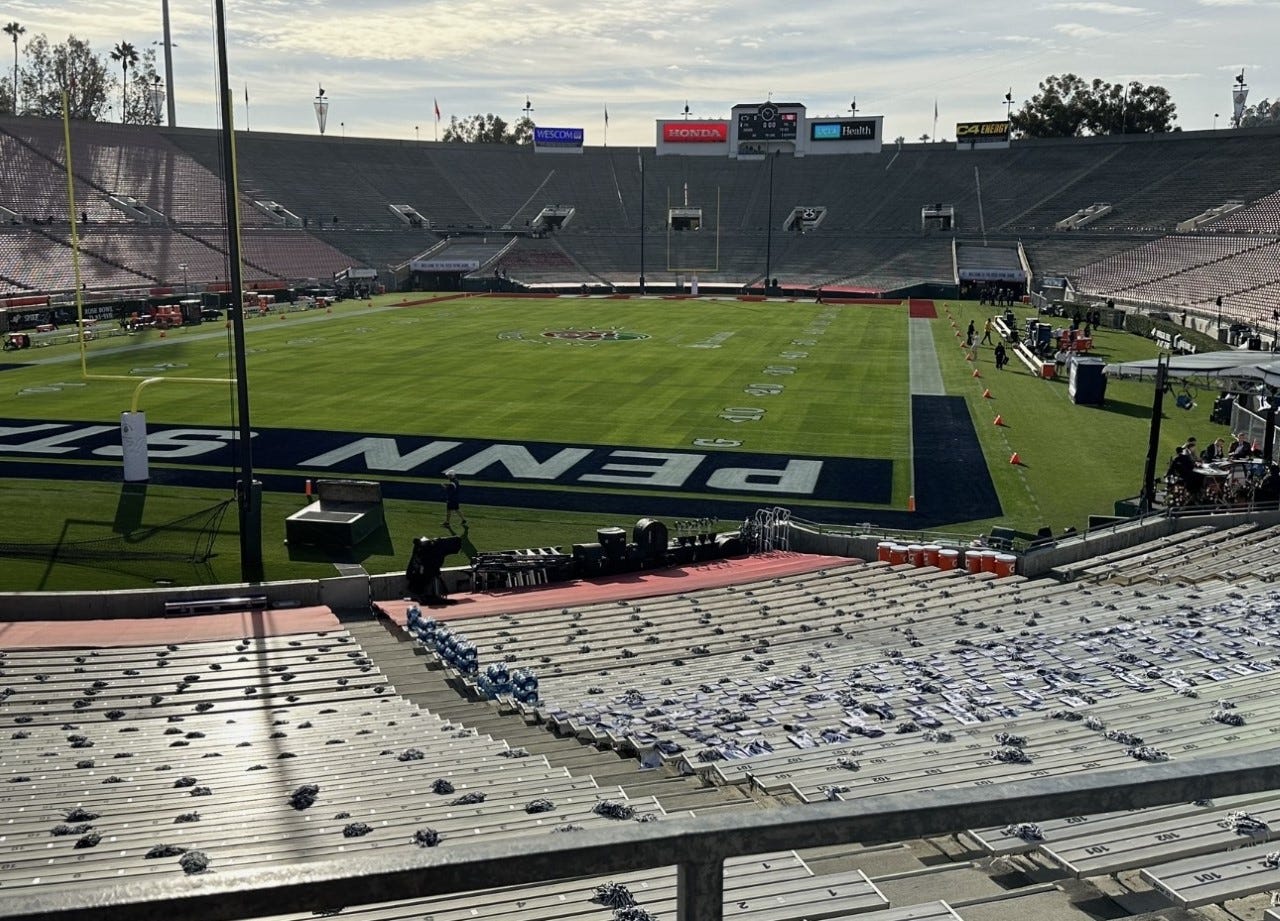
Hey, I know you.. can I still join your blog🤣🤣